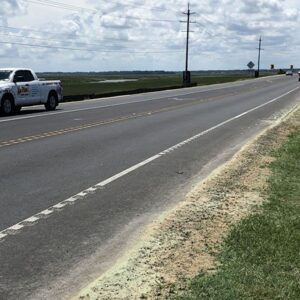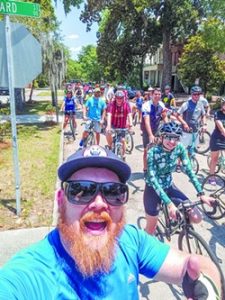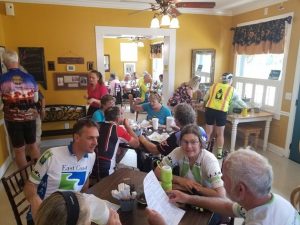
The street-level impact of passing NewZO by John Bennett was originally published in Connect Savannah on June 25, 2019.
LAST WEEK a group of citizens stood before Savannah City Council and urged elected officials to adopt an ordinance that would allow Savannah to be Savannah again. Whitney Shephard was among them.
“This is the big deal. We live in a city that is an international model for walking and biking. It is why tourists flock here. But, residents deserve to enjoy that same comfort and mobility. The current ordinance actually prohibits the development patterns that make our city a destination across the world. NewZO is far more consistent with Savannah’s character,” said Shephard, principal engineer/planner for Transport Studio, a transportation planning and engineering services firm.
Short for “new zoning ordinance,” NewZO would replace the current ordinance, a relic from 1960.
As I have written in the past, some of Savannah’s most cherished public spaces — including Forsyth Park — could not exist if we wanted to create them today because there’s not enough parking to meet parking minimums.
The current zoning ordinance superimposes suburban style parking requirements on older areas of the city, which is bad for business. And bad for people.
“Today, parking requirements are largely identical across the city. That means that a new store in town has to provide the same parking as the Oglethorpe Mall or a suburban strip center. Our current excessive parking requirements — written in the 1960s — deter walking and biking for a lot of reasons,” Shephard said.
“Who wants to walk across a sea of parking to get to a cafe or shop? Or bike through a parking lot where drivers aren’t expecting to see them? By making parking requirements more reasonable, we shorten the distance someone has to walk from the street to the front door. We make that walk safer and more comfortable. We also don’t waste space on pavement but instead make it available for uses like schools, parks, or more commercial space.”





